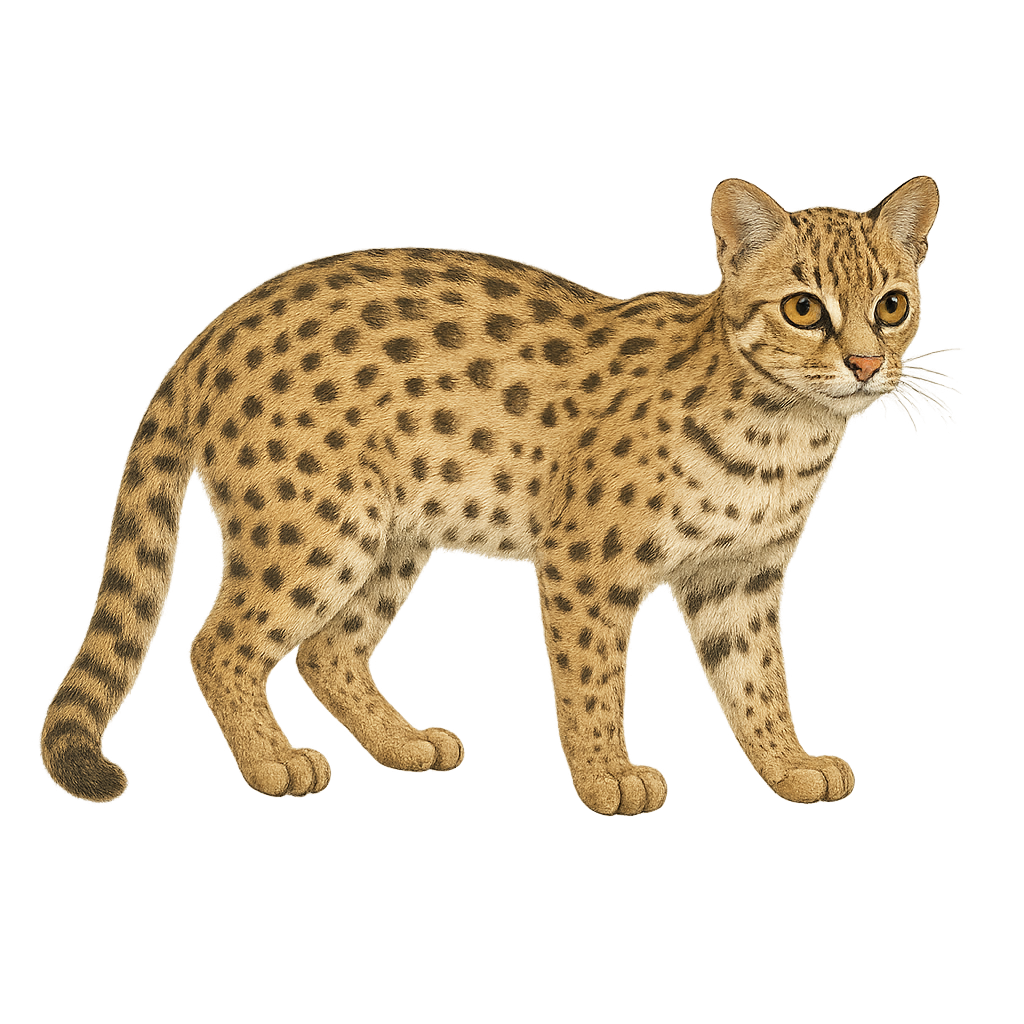Your wildlife photography guide.
Explore the leopard cat in detail, study its behavior, prepare your shots.
Where to observe and photograph the leopard cat in the wild
Learn where and when to spot the leopard cat in the wild, how to identify the species based on distinctive features, and what natural environments it inhabits. The WildlifePhotographer app offers tailored photography tips that reflect the leopard cat’s behavior, helping you capture better wildlife images. Explore the full species profile for key information including description, habitat, active periods, and approach techniques.
Leopard cat
Scientific name: Prionailurus bengalensis

IUCN Status: Least Concern
Family: FELIDAE
Group: Mammals
Sensitivity to human approach: Very shy
Minimum approach distance: 10 m
Rut period: January to March
Gestation: 60-75 jours
Births: March to June
Habitat:
tropical forests, agricultural areas, grasslands
Activity period :
Mainly active at night, generally discreet during the day.
Identification and description:
The Prionailurus bengalensis, or leopard cat, is a small wild feline widely distributed in Asia. It has a spotted coat reminiscent of a leopard, hence its name. This feline is particularly agile and adapts to various environments, from tropical forests to agricultural areas. It is primarily nocturnal and solitary, although it may sometimes be seen in pairs during the breeding season. Its size ranges from 38 to 66 cm, with a tail of 17 to 31 cm. The leopard cat is an opportunistic predator, feeding on small mammals, birds, and insects. Although still relatively common, deforestation and hunting pose increasing threats to its survival.
Recommended lens:
400 mm – adjust based on distance, desired framing (portrait or habitat), and approach conditions.
Photography tips:
To photograph the leopard cat, it is essential to remain discreet and patient. Use a telephoto lens of at least 400 mm to capture detailed images from a distance without disturbing the animal. Focus on twilight or nighttime hours, as the leopard cat is primarily active during these periods. Position yourself strategically near its natural habitat, such as forest edges or agricultural areas. Be attentive to movements and sounds, and use a tripod to stabilize your camera in low-light conditions.
The WildlifePhotographer App is coming soon!
Be the first to explore the best nature spots, track rutting seasons, log your observations, and observe more wildlife.
Already 1 431 wildlife lovers subscribed worldwide

